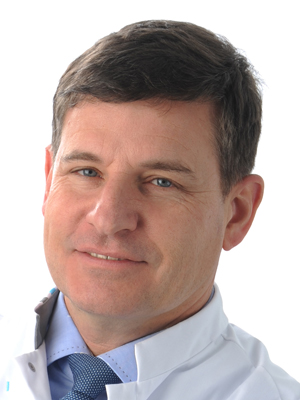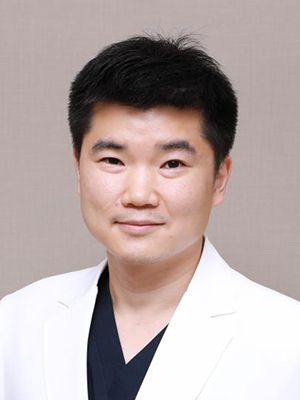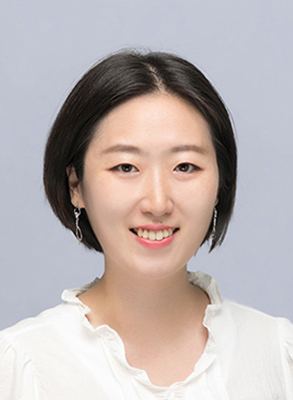Heart experts worldwide convened virtually to discuss invasive and non-invasive imaging modalities for treating heart disease at the 27th TCTAP 2022 on Apr 28.
Imaging modalities help measure and identify risky coronary physiology that can worsen procedural outcomes during coronary revascularization, including aortic stenosis (AS), coronary reserve and myocardial resistance.
Despite the advancement of imaging over the past decade, studies have shown that each modality presents strengths and drawbacks that require careful situational assessment for optimal application.
 During the keynote session moderated by Nico Pijls, MD, PhD (Catharina Hospital, Eindhoven, Netherlands), four discussants discussed the pros and cons of major indices used in the cath lab, including fractional flow reserve (FFR), instantaneous wave-free ratio (iFR), quantitative flow reserve (QFR) and computed tomography-derived FFR (CT-FFR).
During the keynote session moderated by Nico Pijls, MD, PhD (Catharina Hospital, Eindhoven, Netherlands), four discussants discussed the pros and cons of major indices used in the cath lab, including fractional flow reserve (FFR), instantaneous wave-free ratio (iFR), quantitative flow reserve (QFR) and computed tomography-derived FFR (CT-FFR).
Jung-Min Ahn, MD (Asan Medical Center, Seoul, Korea (Republic of)) presented FFR, known as the “gold standard” of imaging, established in major guidelines and validated across all patient groups to improve outcomes.
Despite its broad validation, Ahn pointed out the limited application of FFR in clinical practice due to cost drawbacks in certain regions, longer procedural time, and hyperemic agents like adenosine that could cause harmless but symptomatic chest pain.
As a result, an alternative non-hyperemic pressure ratio (NHPR) index called iFR surfaced as a potential solution, Javier Escaned, MD, PhD (Hospital Clinico San Carlos, Madrid, Spain) said.
Although iFR cuts down procedural times and eliminates the need for adenosine, it proved non-inferior to FFR only in low-risk patient populations found in trials like DEFINE-FLAIR and iFR-SWEDEHEART, Escaned said.
A 2-year follow-up on DEFINE-FLAIR showed near double mortality rates with iFR than FFR in more complex populations found in the FAME study and high false-negative rates in high-risk groups such as young patients with severe proximal lesions in a large coronary artery.
Bo Xu, MD (Fuwai Hospital, Beijing, China) explained QFR, an invasive imaging strategy that, like iFR, remedies FFR-related problems by lowering cost and remaining invasive but eliminating the need for direct wiring into the coronary artery.
Despite its strengths, Xu critiqued, QFR has established evidence only in favorable anatomies and still struggles with problems reaching back “to the late ‘80s with potential disappointment hiding around every corner.”
Bon-Kwon Koo, MD, PhD (Seoul National University Hospital, Seoul, Korea (Republic of)) highlighted CT-FFR as a non-invasive, high-specificity imaging tool that virtually ensures the detection of severe disease. CT-FFR also presents cost-saving potential if applied as a “gate-keeper.”
Despite the benefits of CT-FFR, the potential discrepancy between numerical outcomes and the true standard FFR with a pressure wire is a major drawback, Koo said.
During the panelist discussion, Kevin Bainey, MD (University of Alberta Hospital, Edmonton, Canada), Joost Daemen, MD, PhD (Erasmus University Medical Center, Rotterdam, Netherlands), Nils Johnson, MD (McGovern Medical School, USA), Shengxian Tu, PhD (Shanghai Jiao Tong University, Shanghai, China) and Frederik Zimmermann, MD (Catharina Hospital, Eindhoven, Netherlands) delved further into the debate.
Panelist and moderator Takashi Akasaka, MD, PhD (Wakayama Medical University, Japan) said: “Each modality has advantages and disadvantages. With more non-invasive FFR indices in development, additional studies will help improve the usefulness of non-invasive FFR.”
Edited by

Yong-Hoon Yoon, MD
Ulsan City Hospital, Korea (Republic of)
Written by



